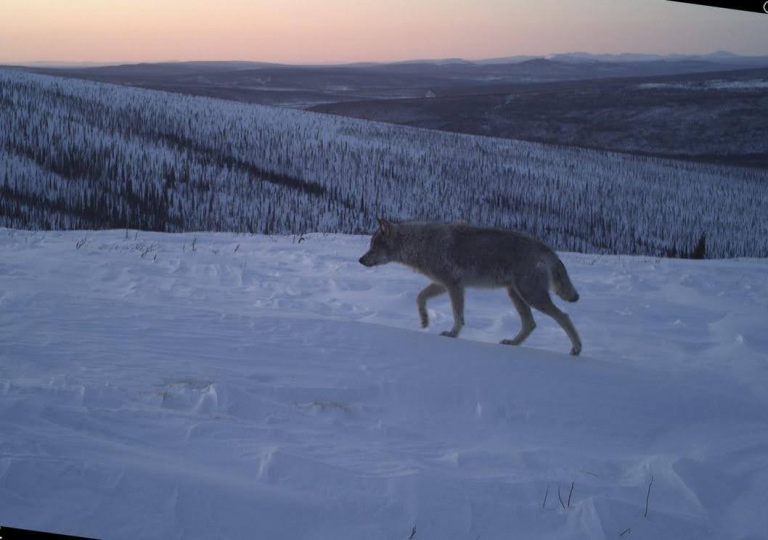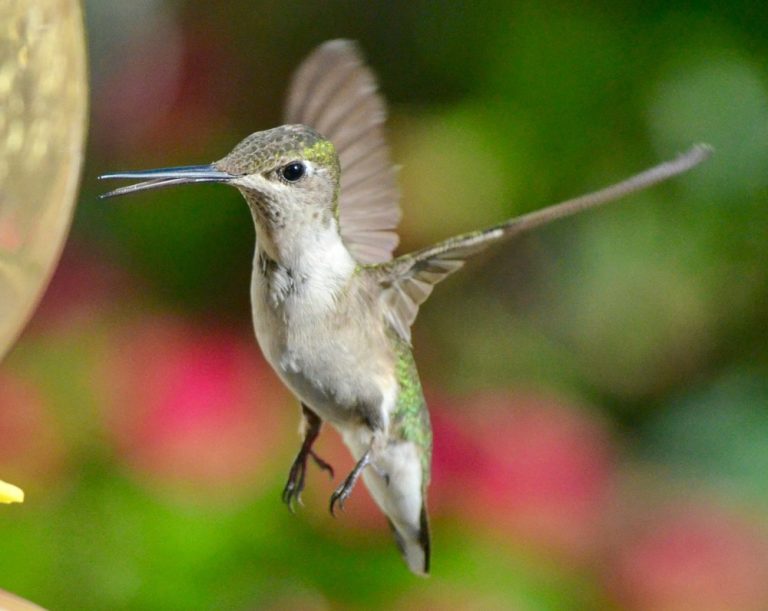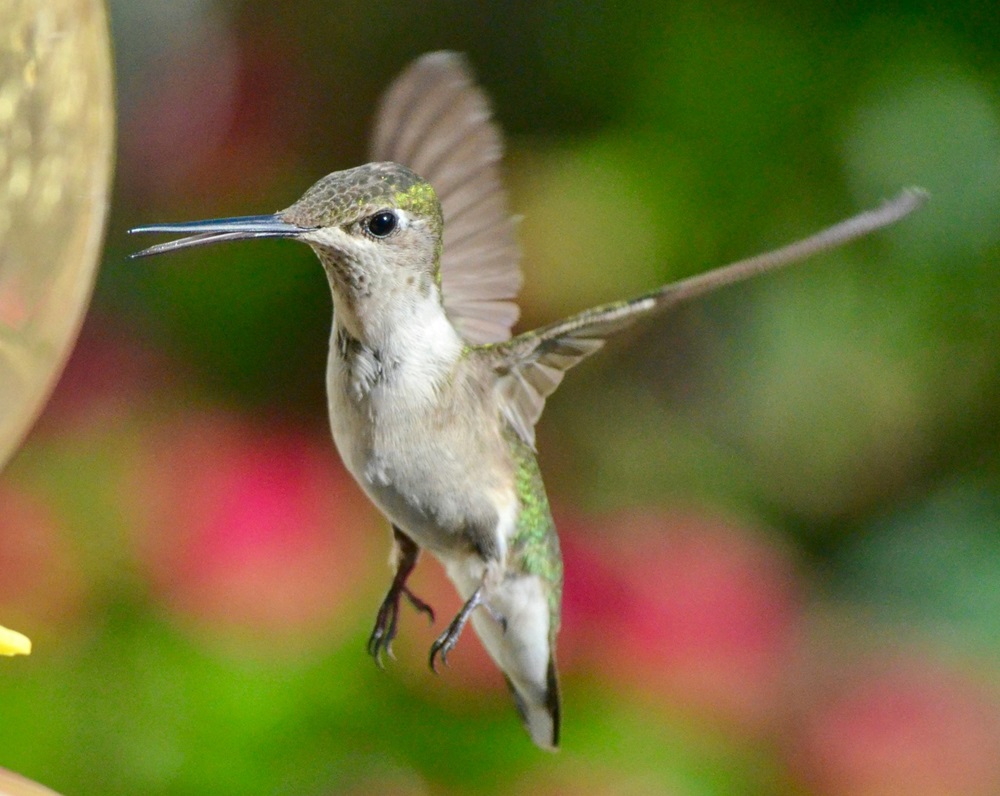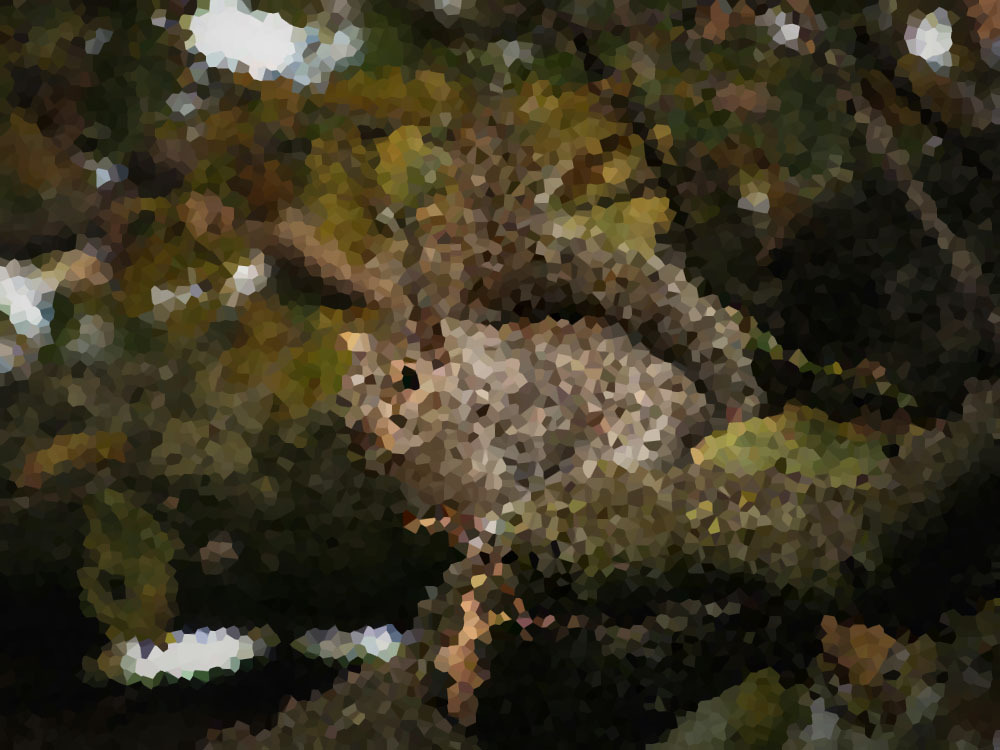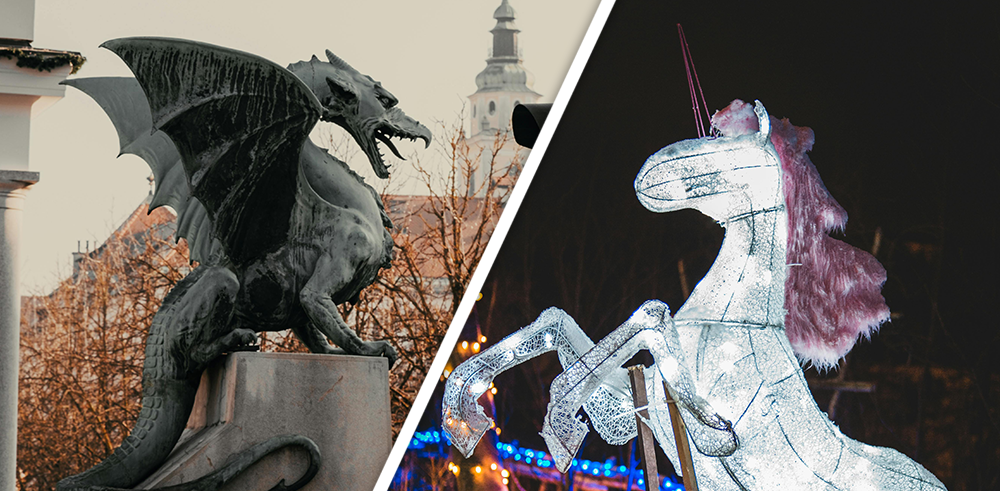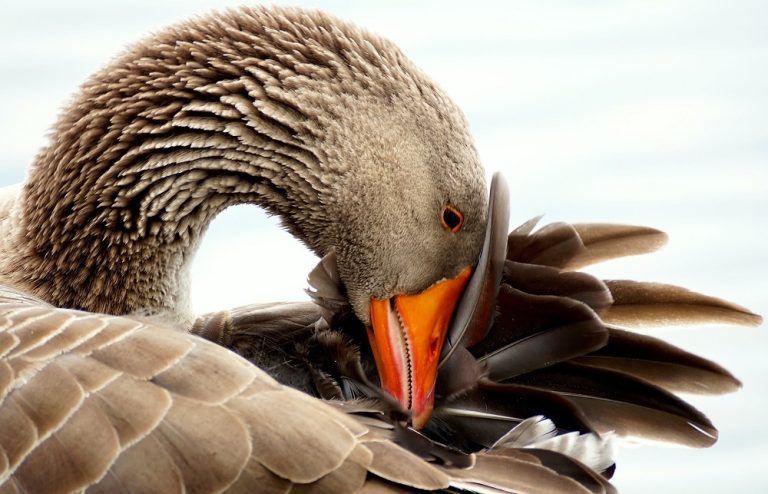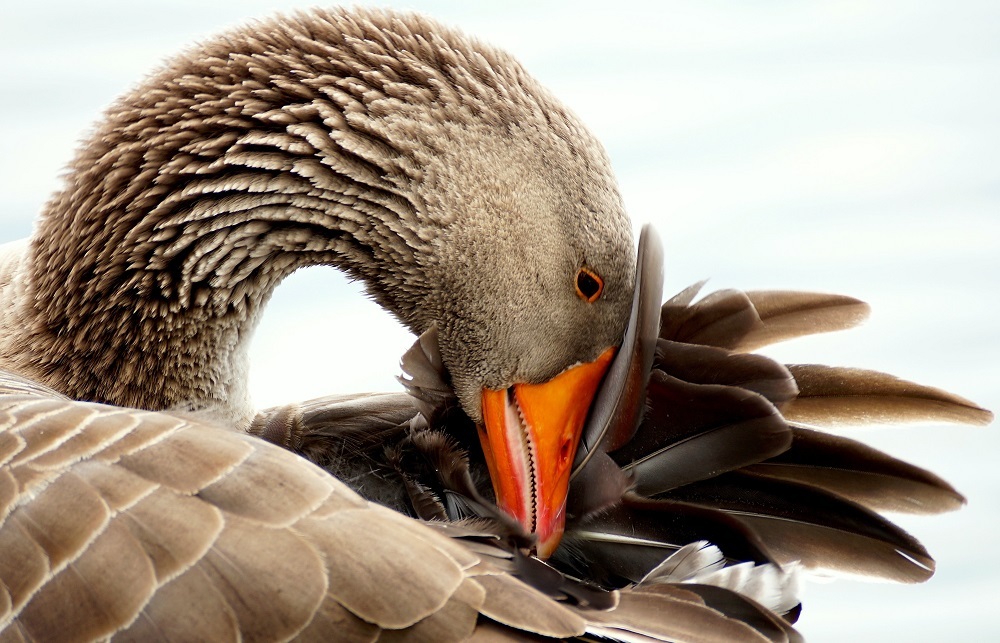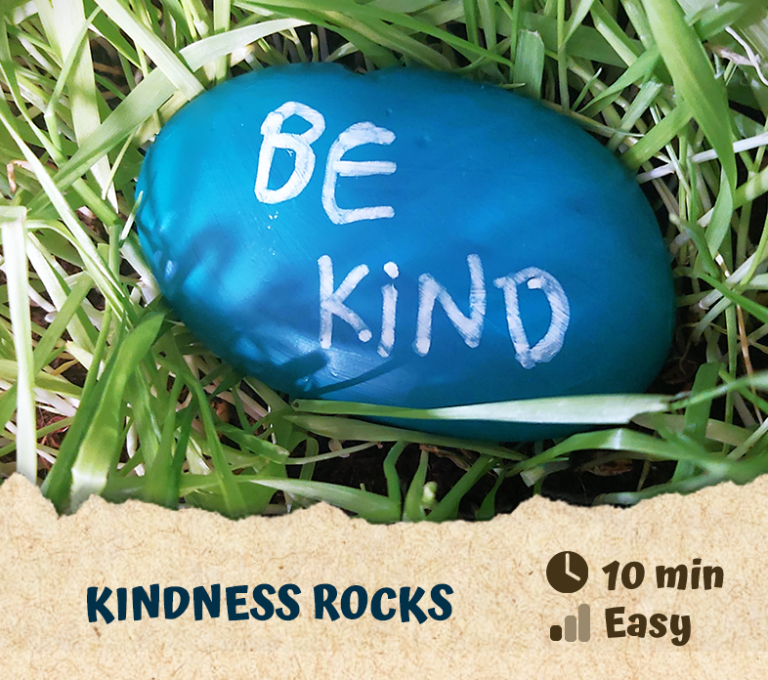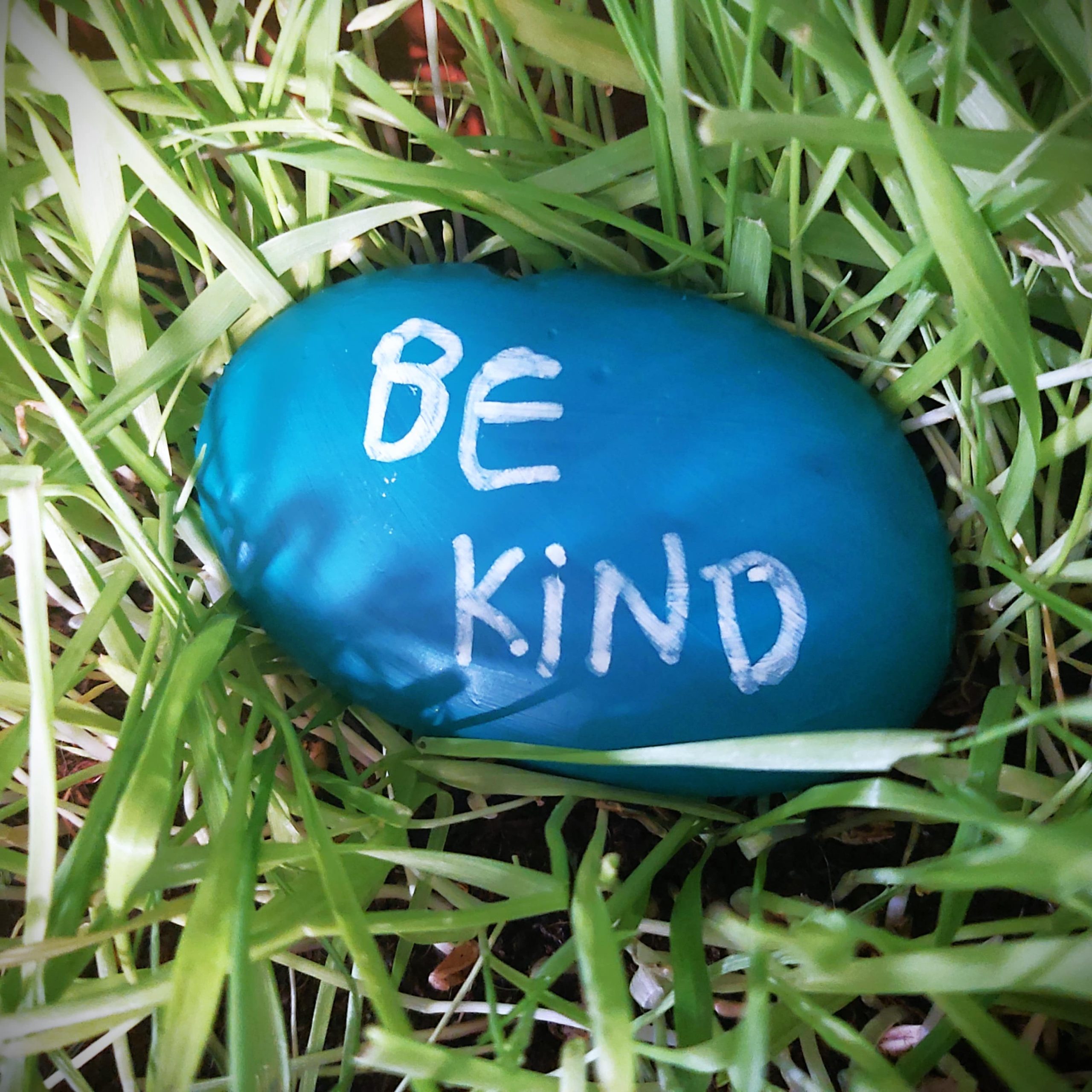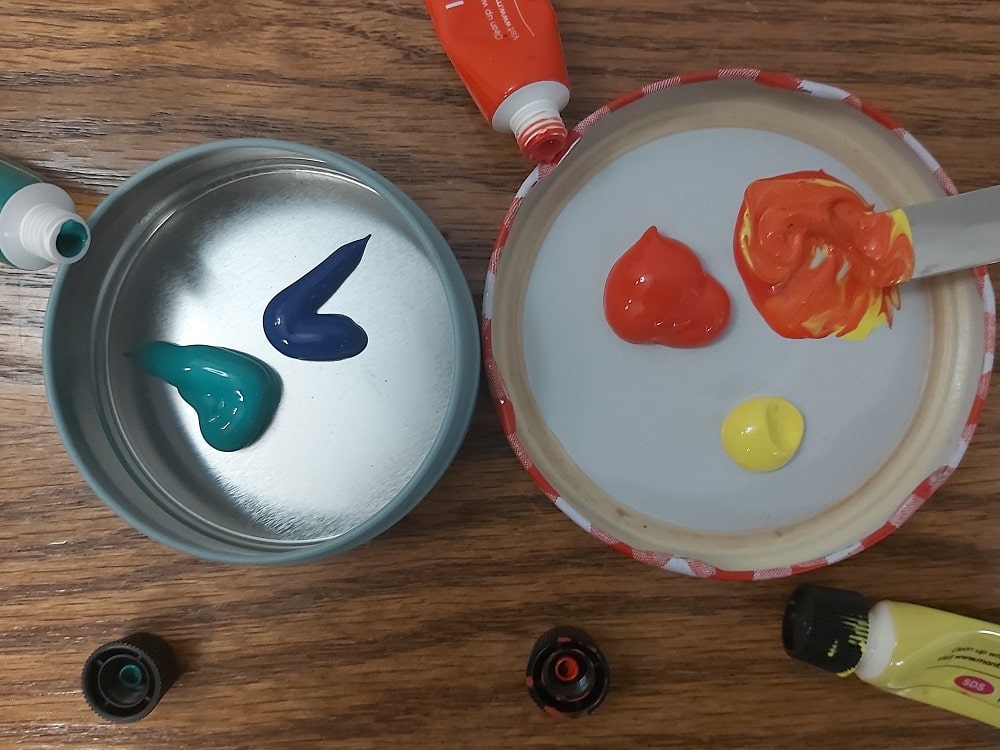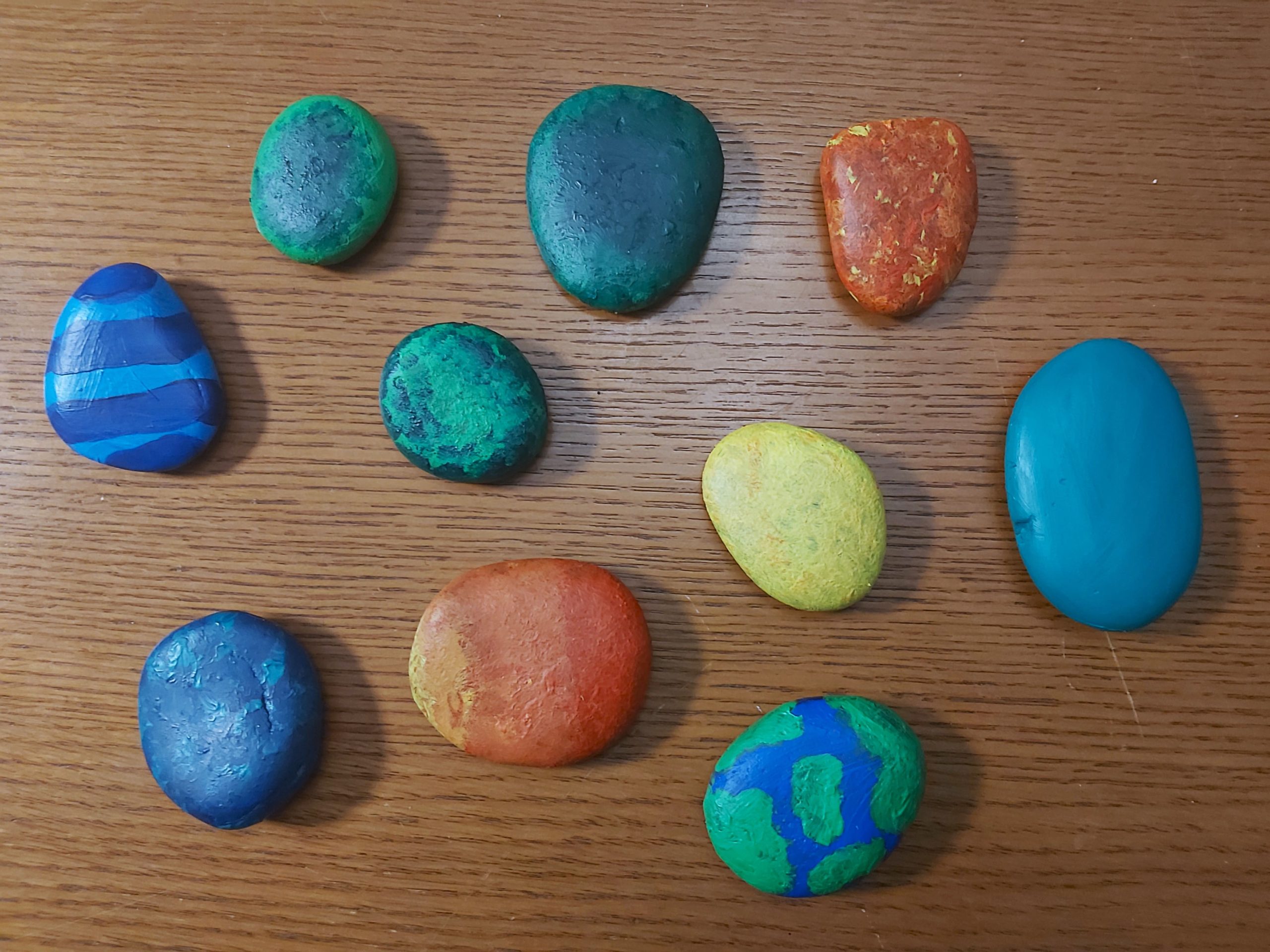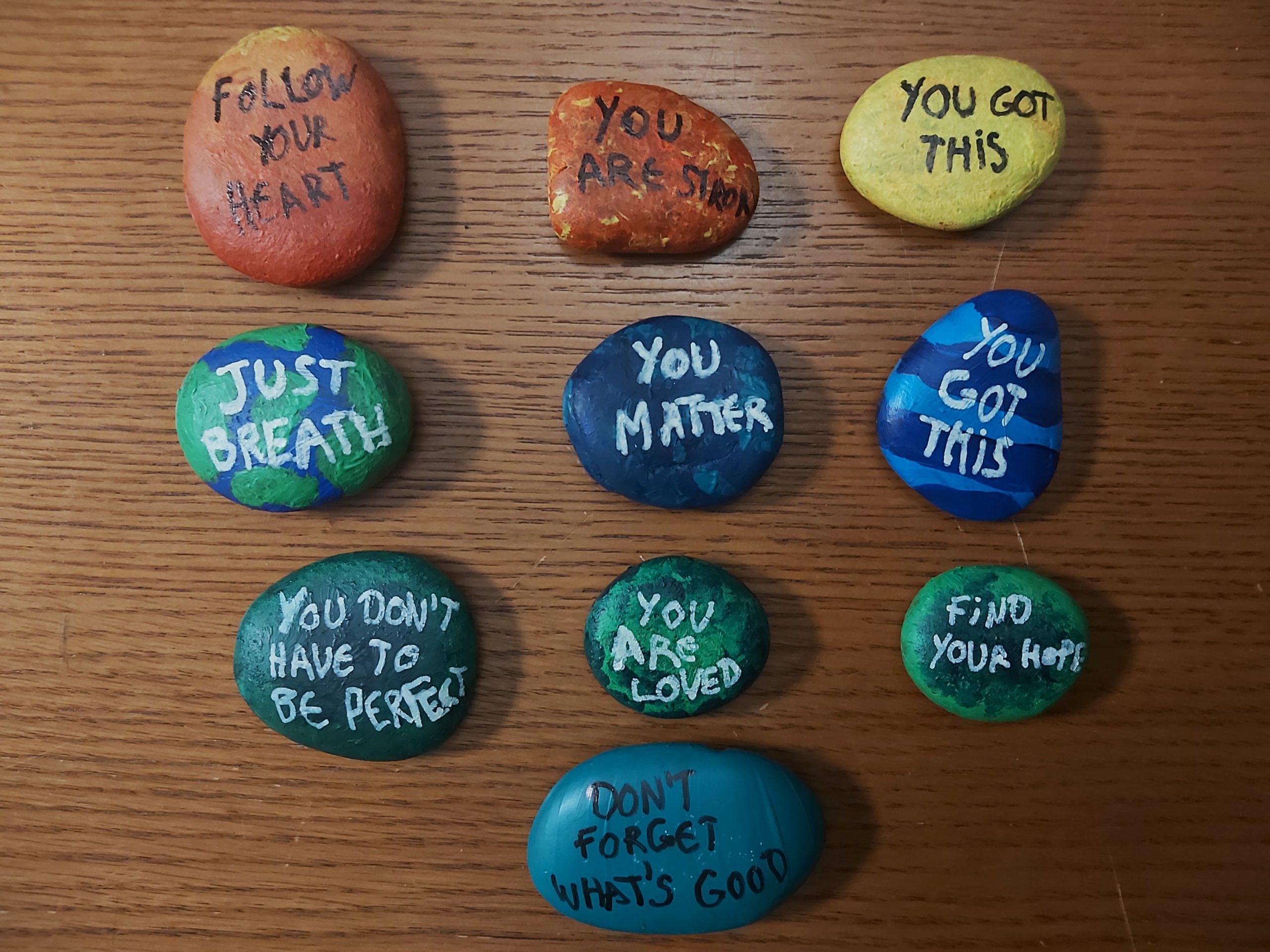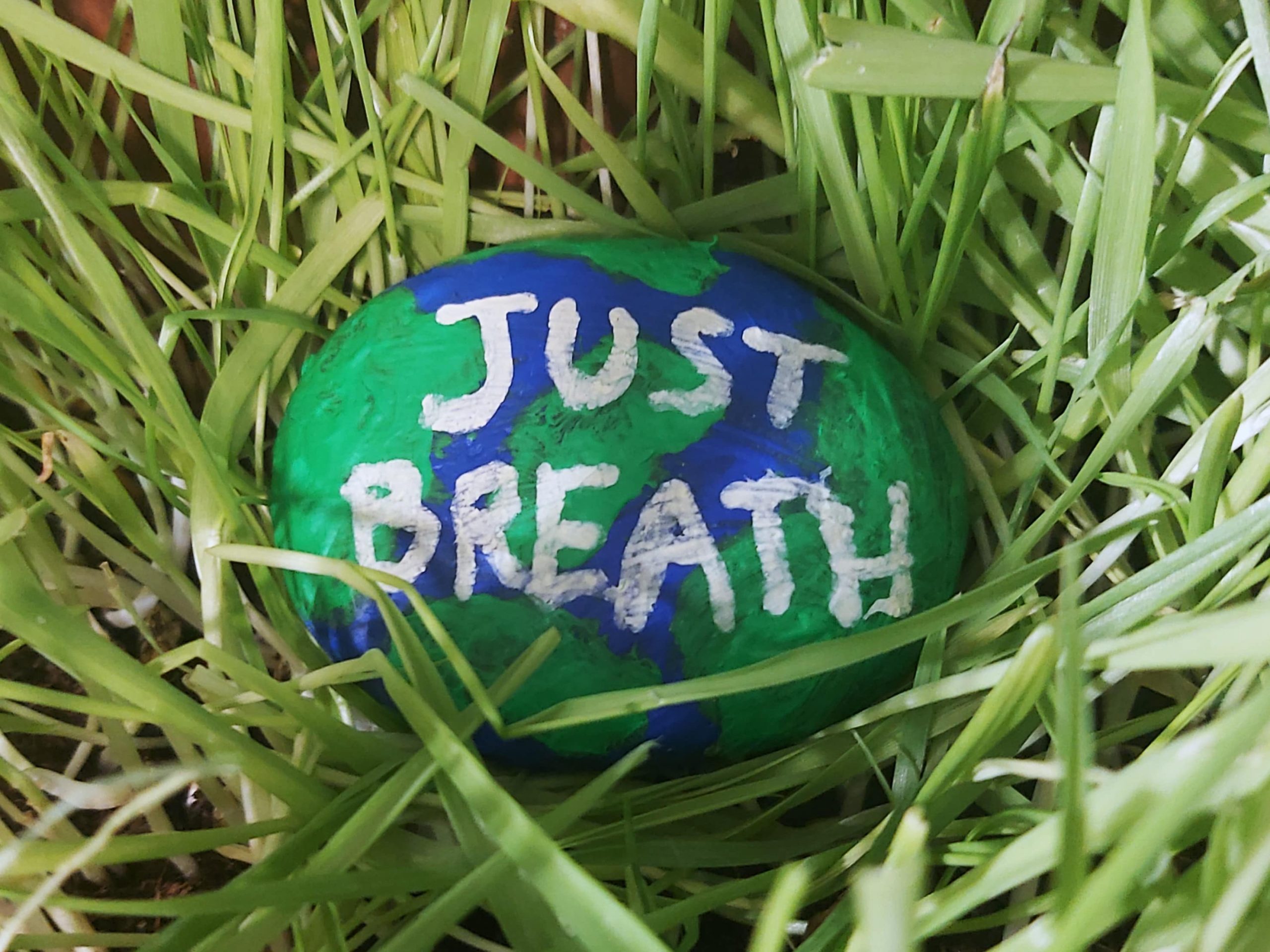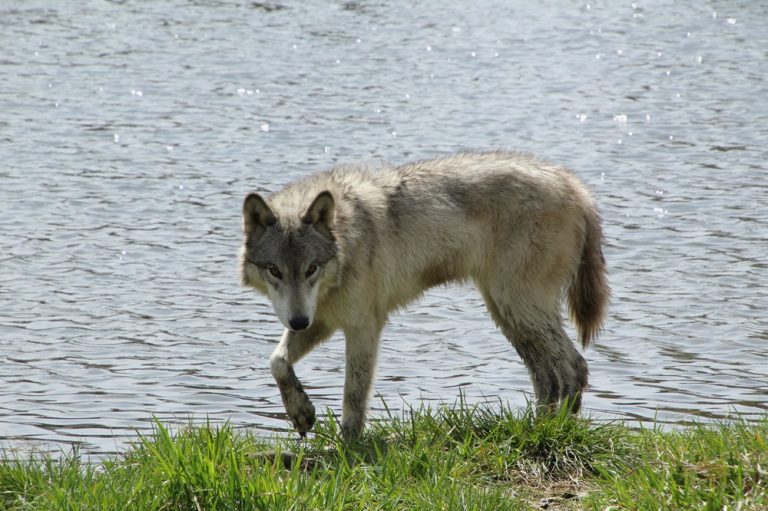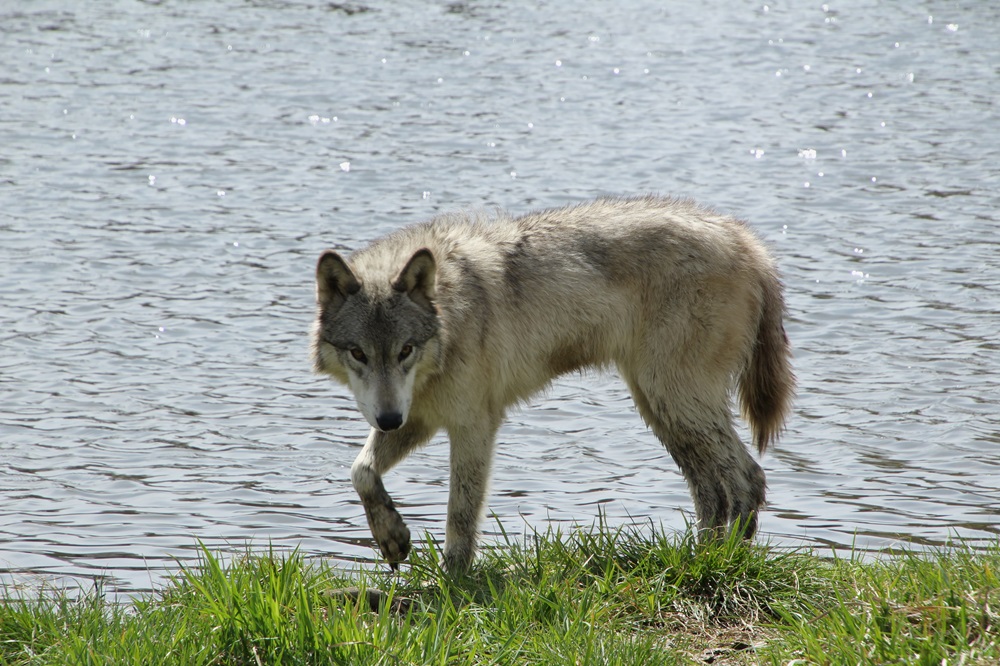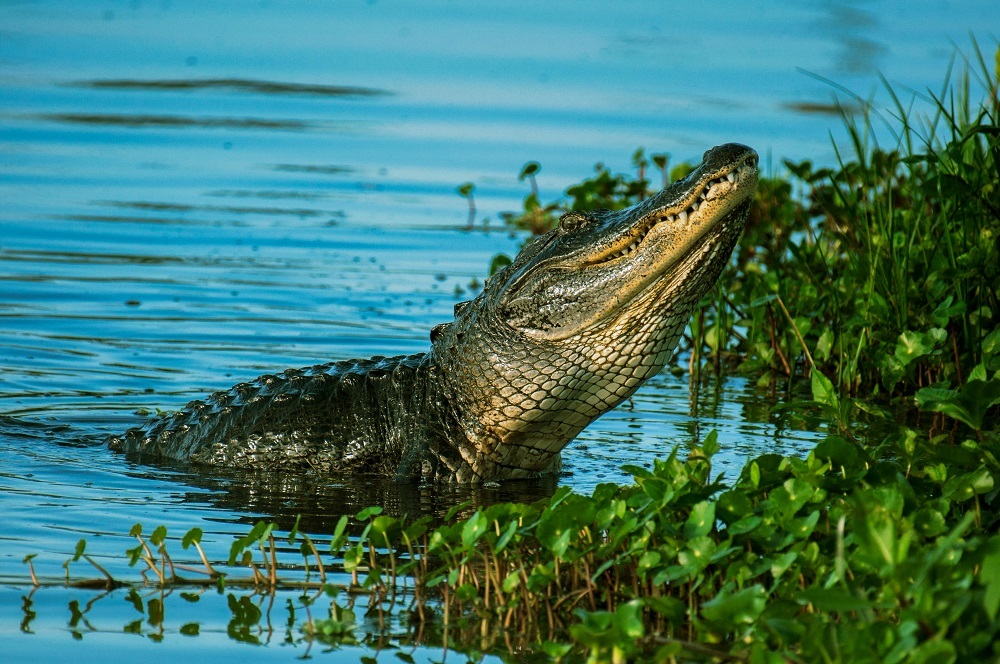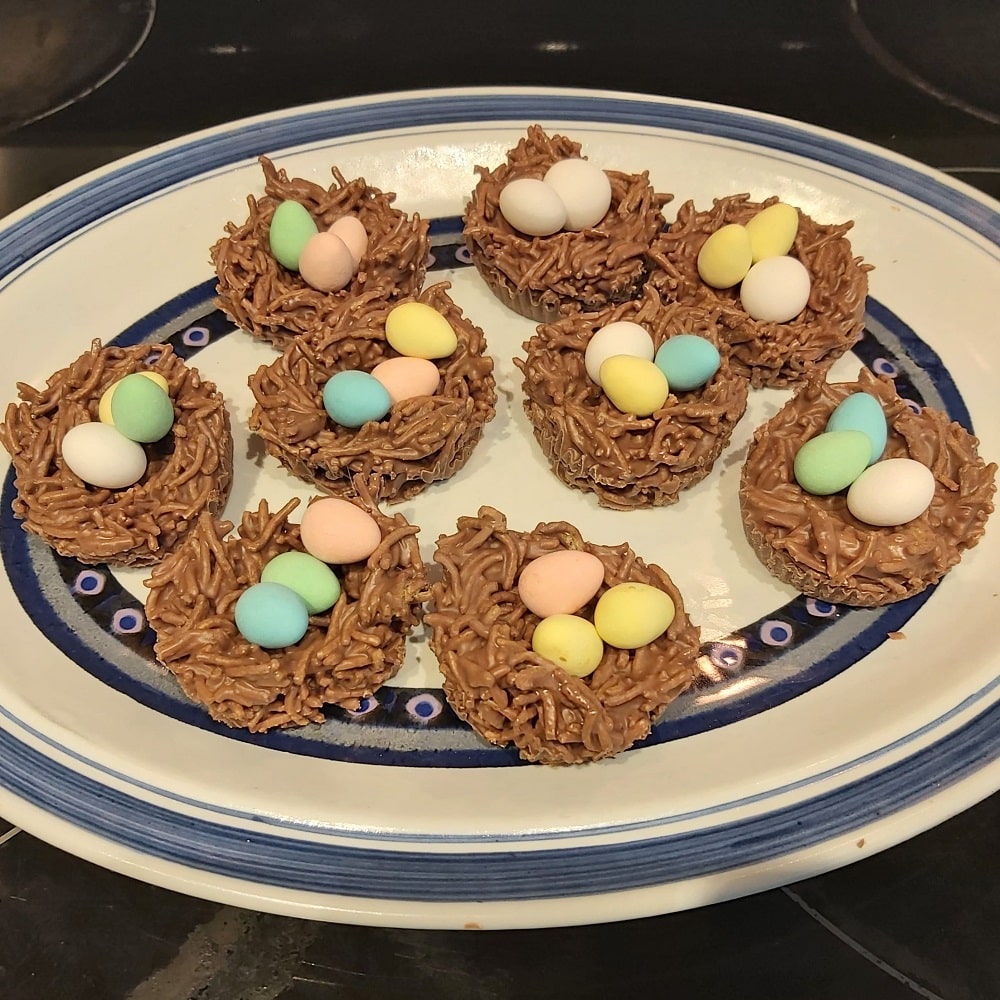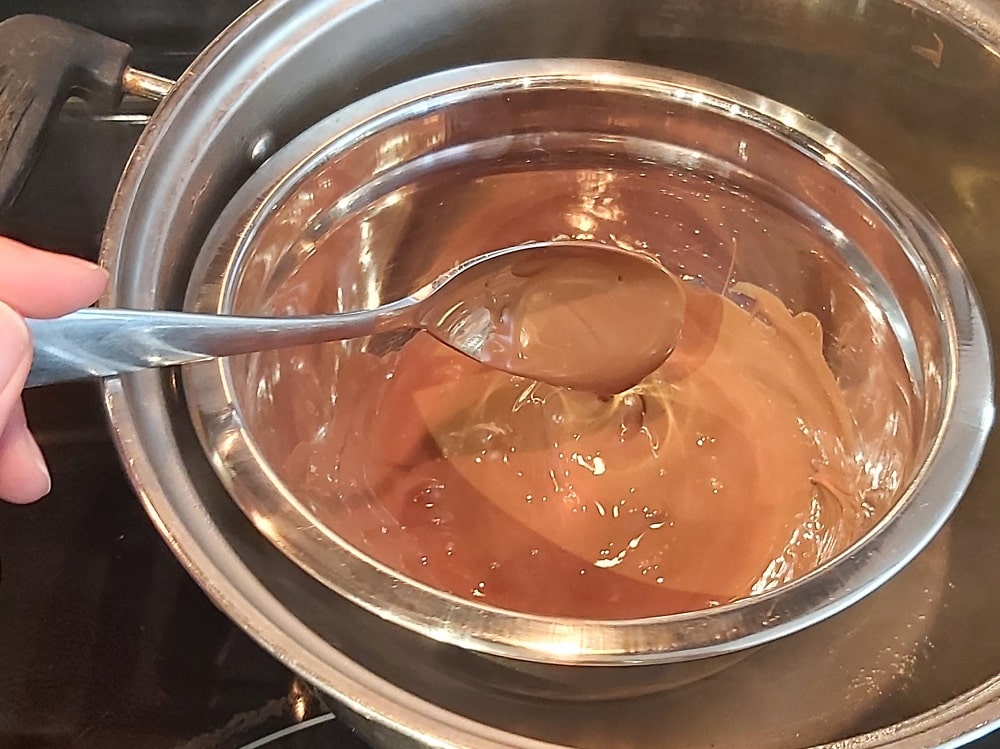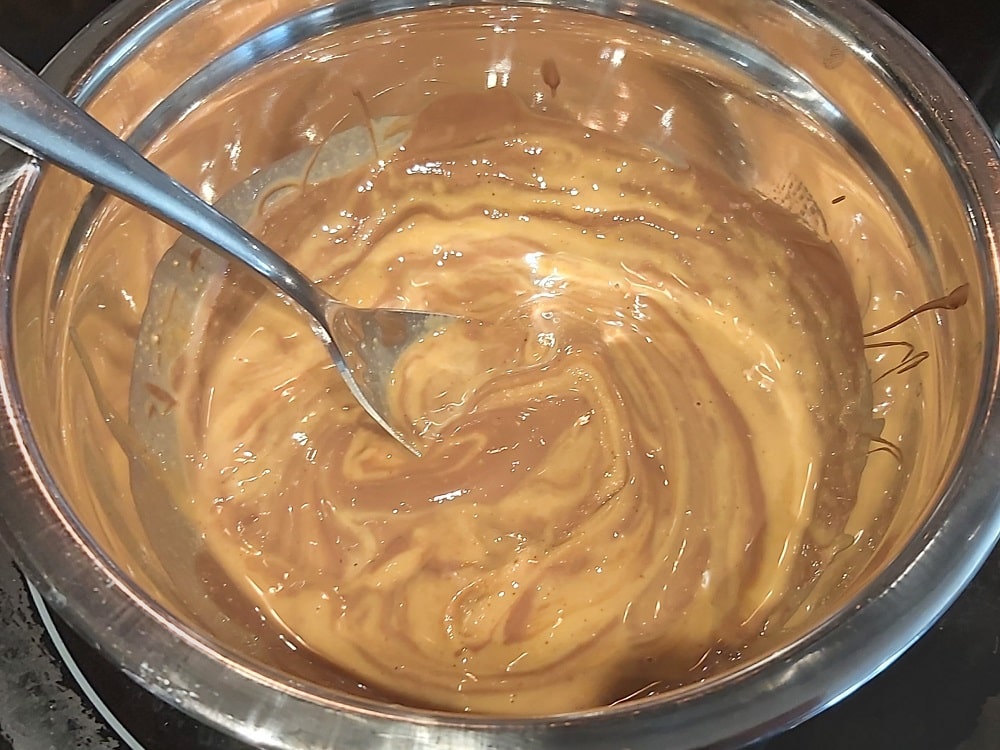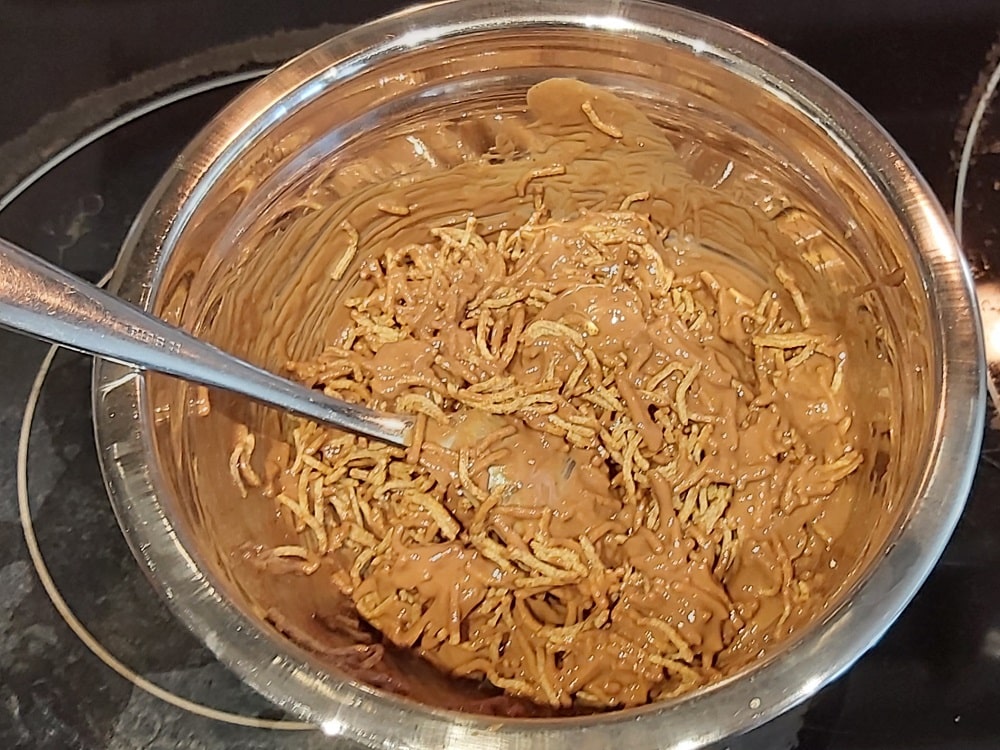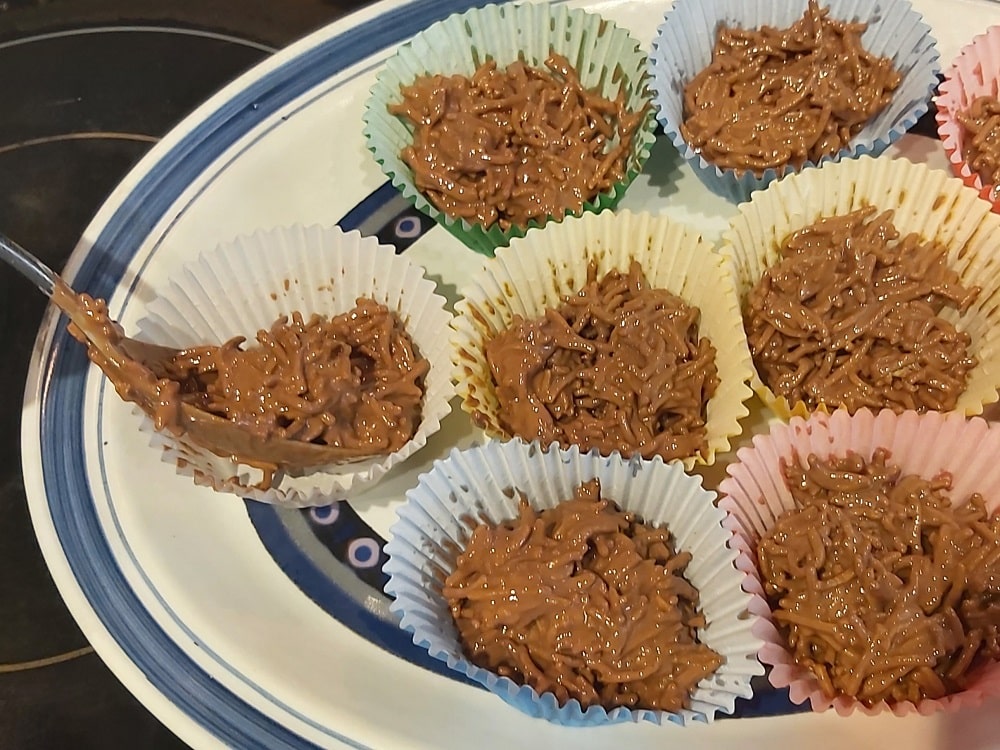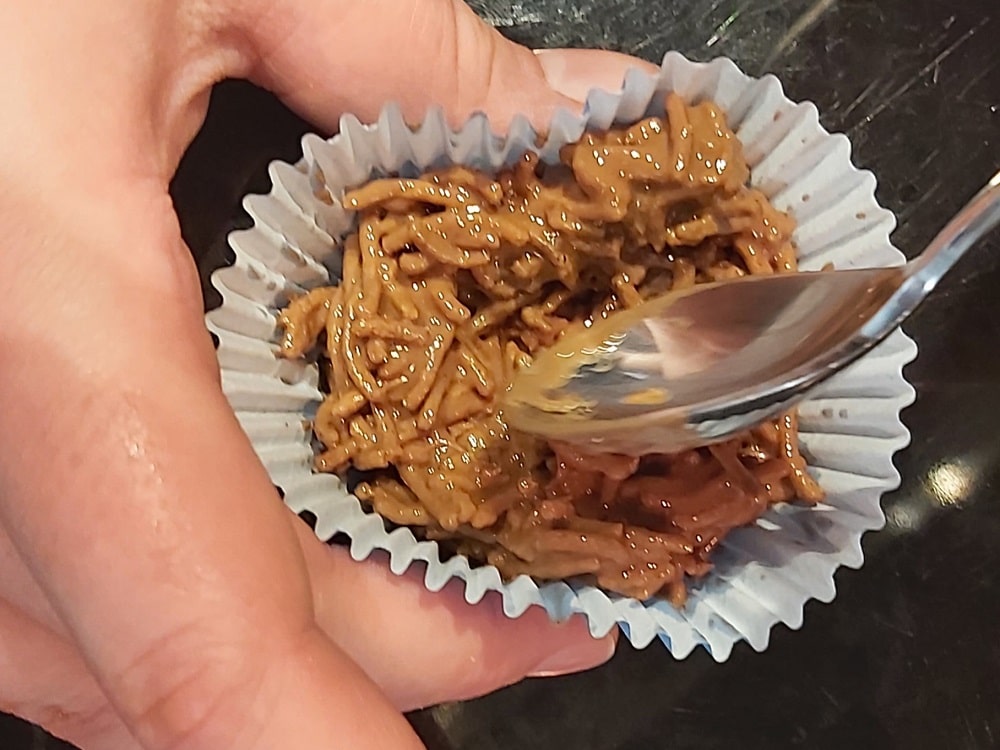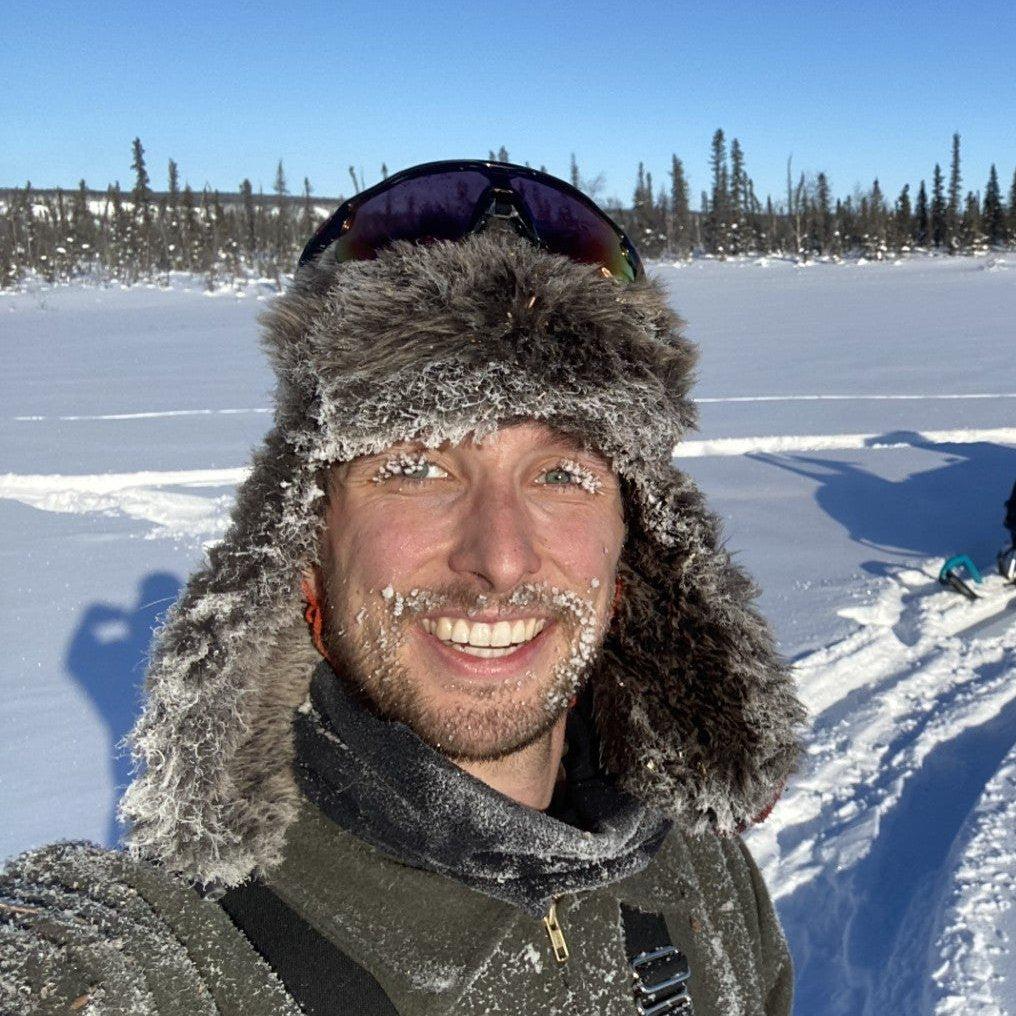
Hi! My name is Karl-Antoine Hogue, and I work with the Vuntut Gwitchin First Nation’s Land Guardians documenting wolf activity in their Traditional Territory around Old Crow, Yukon. Our team is studying how wolves and other large mammals move and behave, and how big their populations are. We also gather traditional knowledge through interviews and informal chats with members of the community.
When you adopt a grey wolf from Earth Rangers, you’re supporting our work and helping us find the best way to conserve the wolves that live in Old Crow. As a thank you, you’ll receive a cute and cuddly plush toy, an adoption certificate, a trading card, and a poster full of fun facts for your bedroom wall or your bulletin board.
For more information, check out the adoption section in the Earth Rangers App!
In the meantime, I’m so excited to share an update about all the work I’ve been doing in Old Crow these last few months! I’ve also included some of my favourite snapshots from my Yukon trail cameras. Let’s dive in!
Spotted on the Trail
Grey wolves are amazing animals that can travel long distances to pursue their favourite prey, the migratory caribou. To monitor wolves, we have a network of game cameras that take photos whenever an animal passes by. Which of these photos is your favourite?
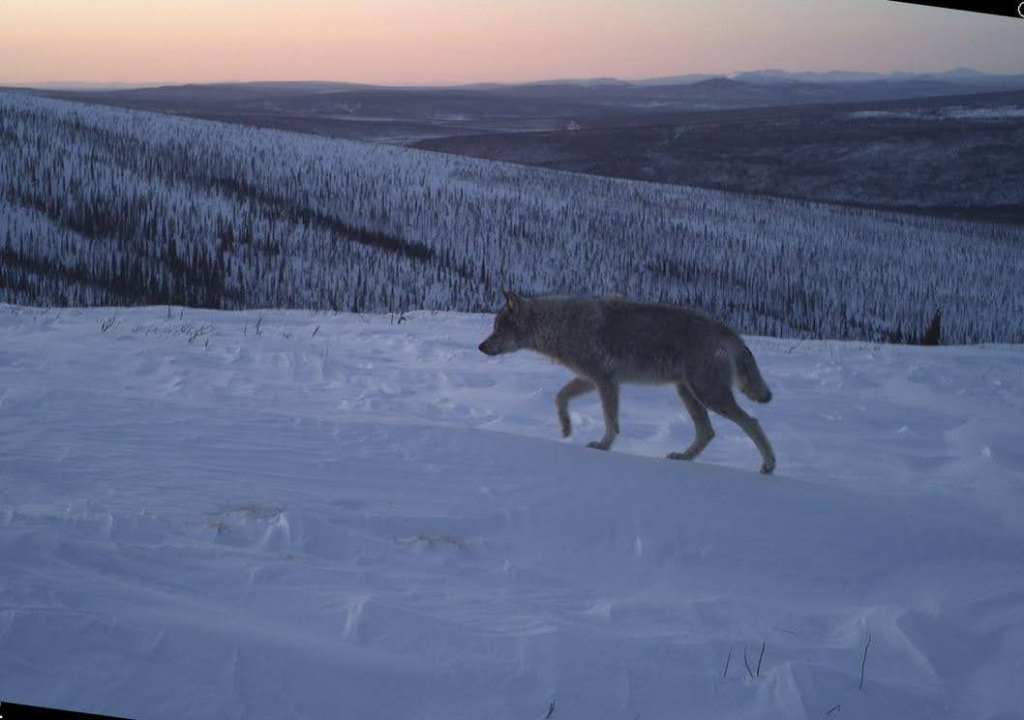
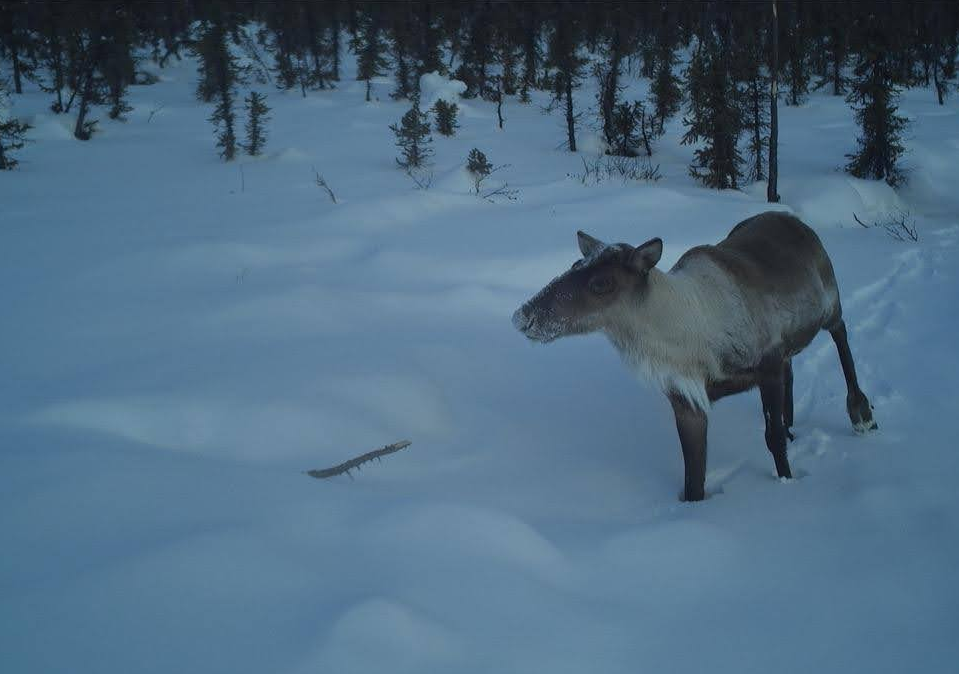
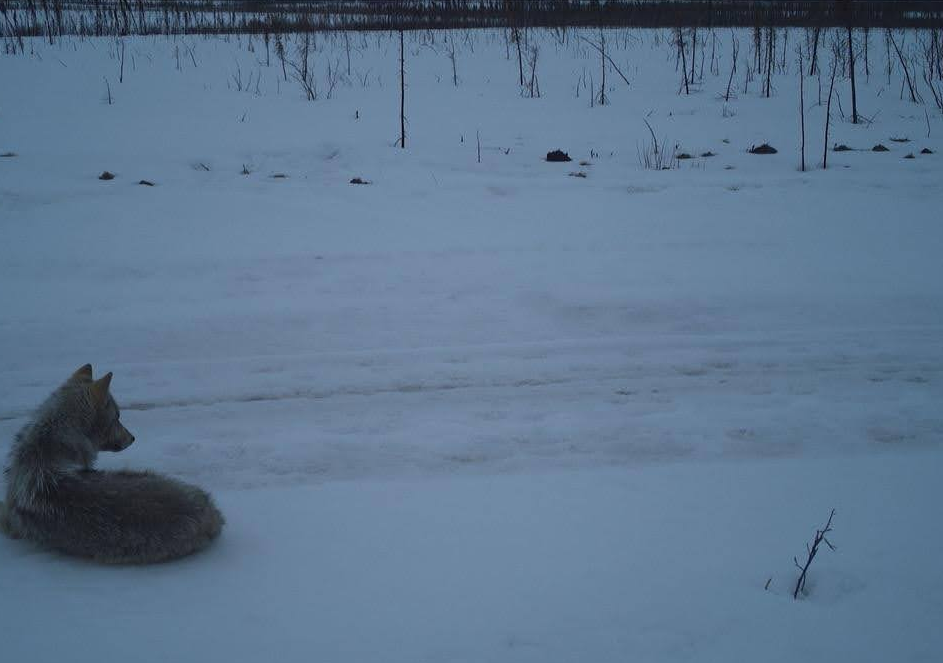
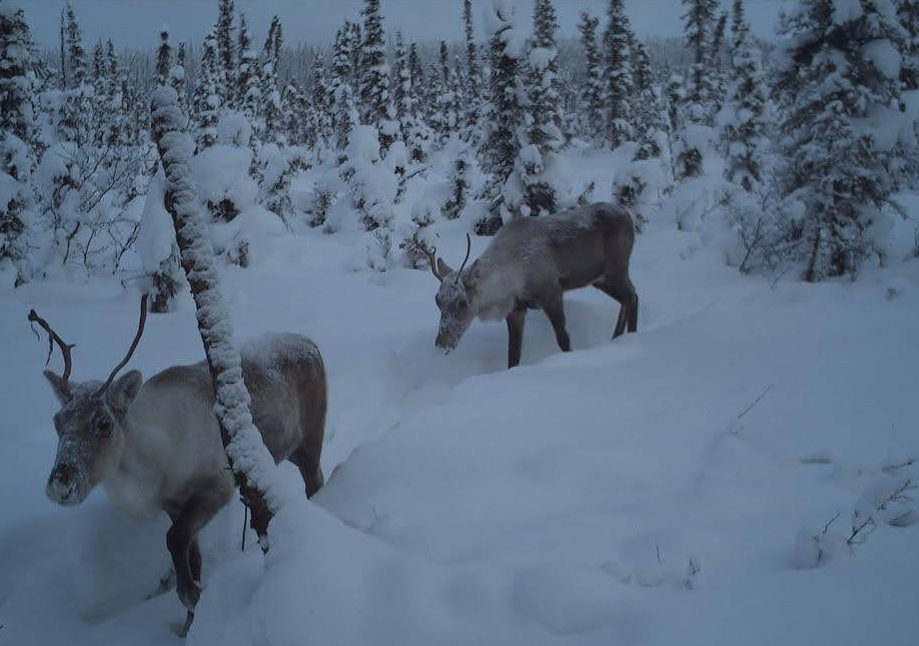
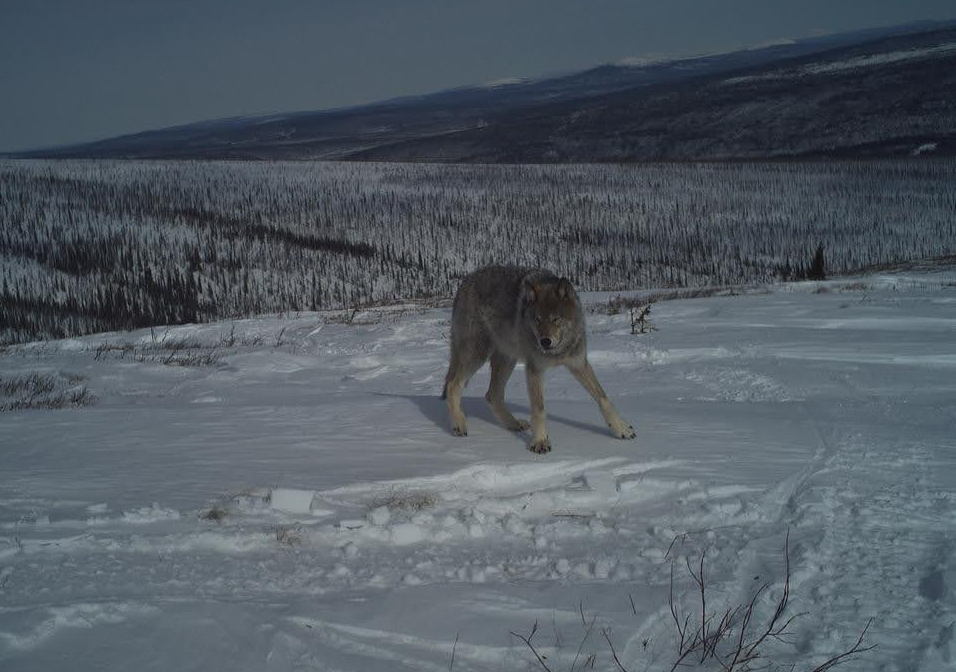
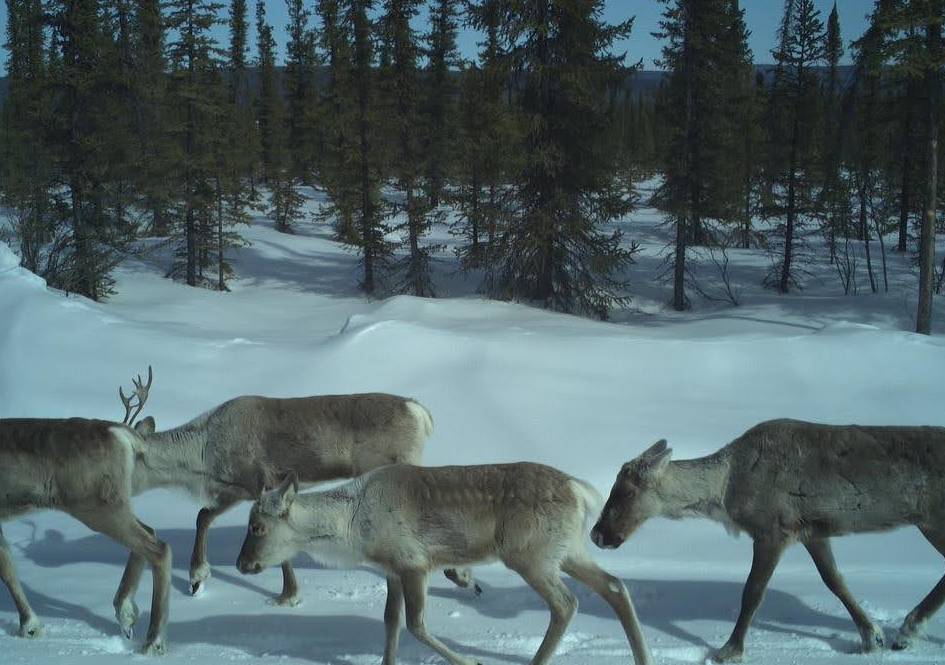
We also rely on knowledge shared by Vuntut Gwitchin Elders and other land users to better understand how wolves and caribou interact. Over the past few months, my team and I have been interviewing these knowledge holders. We’ve talked about the animals they frequently see on the Road corridor, changes they’ve seen over the year, and the history of the Road itself. Together, we’ll be able to develop solutions for conserving wildlife in Vuntut Gwitchin Traditional Territory.
Scooting Through the Snow
The snow around Old Crow is very thick, so snowmobiles are the best way to travel and meet people. Snowmobiles have front runners that look like short skis and glide smoothly over snow. At the back, caterpillar tracks dig into the snow and move the snowmobile forward faster than wheels can. Check out these pictures of my team and I traveling on our snowmobiles!


How You’re Helping Us
When you adopt a grey wolf, you enable the Vuntut Gwitchin Land Guardians to spend more time patrolling, studying, and protecting their Traditional Territory. They are the eyes and ears of their Nation. They keep records of the ways that climate change, industrial development, and other human activities change the landscape. The Land Guardians are also training Junior Guardians – young people, just like you, who are learning to become stewards of the wildlife around them.
Visit the Adoption section in the Earth Rangers App to adopt a grey wolf and help us conserve these beautiful animals!
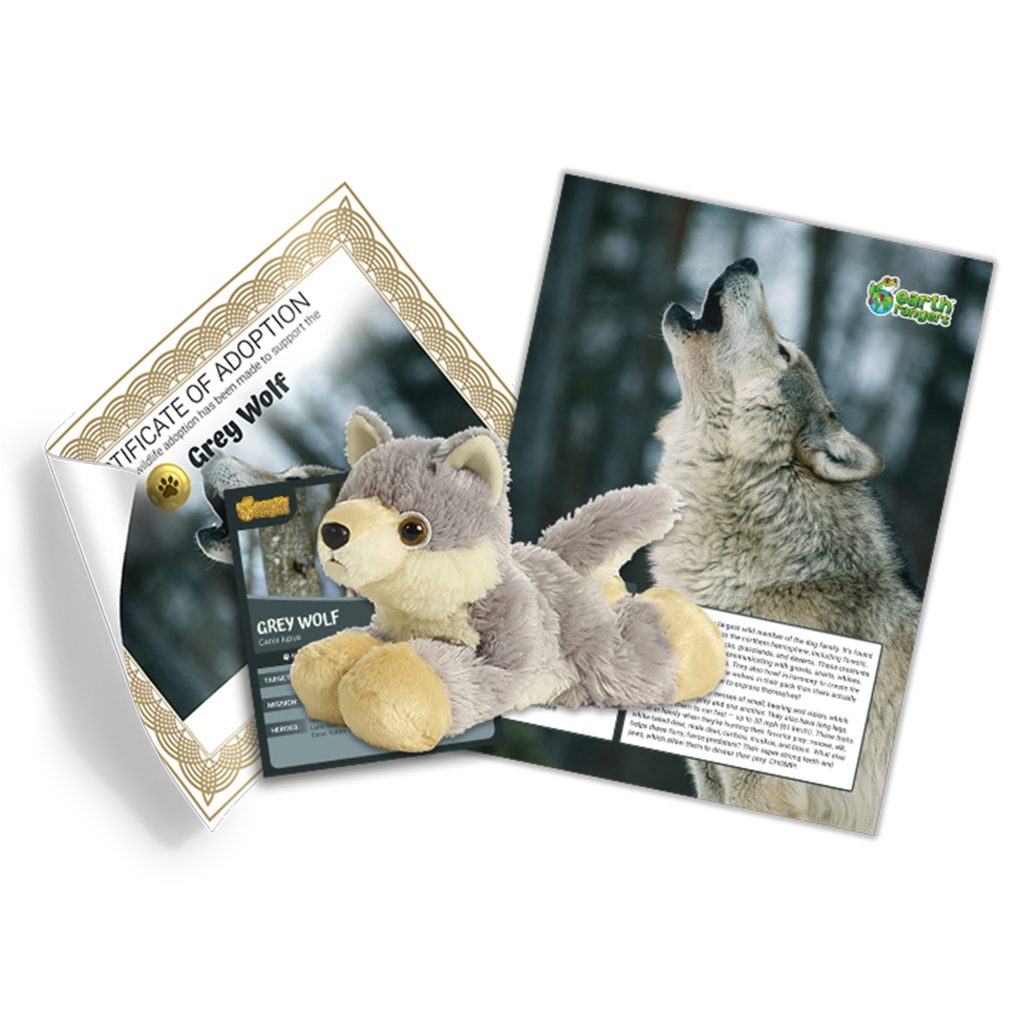

In collaboration with:



